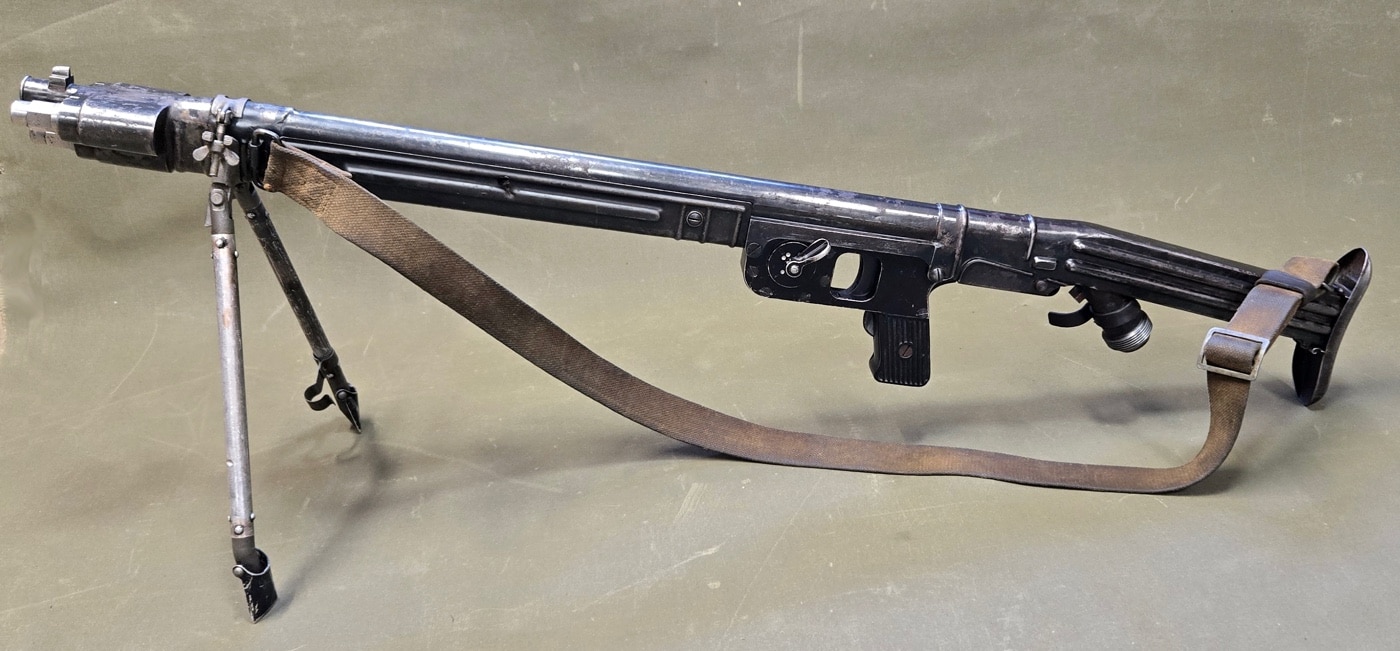The article discusses the historical development of flamethrowers, starting with the Byzantine Empire's "Greek Fire" and detailing advancements through different eras. A notable development during World War I was the German Flammenwerfer, invented by Richard Fiedler and used against French and British forces. In response, the British and French developed their own flamethrowers. The article further explores Soviet innovations like the ROKS-2, developed by Kluyev and Sergeyev, which cleverly disguised as a Mosin-Nagant rifle to protect the operator from snipers. This model carried on through WWII, evolving into the simpler ROKS-3 design due to operational constraints faced after Germany's invasion of the Soviet Union.

Post-WWII, the Soviet military introduced the LPO-50 flamethrower, innovatively designed to resemble a light machine gun. Unlike previous models, the LPO-50 used electrical ignition, allowing for more reliable operation in harsh conditions. It was capable of firing three short bursts rather than a continuous flame. Additionally, the LPO-50's usage stretched beyond the Soviet Union, with Viet Cong forces employing it during the Vietnam War. The People's Republic of China produced a similar weapon, the Type 74, and it reportedly saw usage by organizations like the Irish Republican Army.
In popular culture, Soviet flamethrowers like the ROKS-2 have appeared in films and television, with notable screen time in works showcasing historical military operations. Despite their complex designs and specific operational roles, these flamethrowers reflect technological advancements in weaponry over time. They offer insight into the creative engineering solutions developed under the pressures of warfare. The LPO-50 and ROKS series serve as historical reminders of how weaponry evolves through necessity and available technology. For more details on the Soviet LPO-50 and ROKS Flamethrowers, check out the full article titled Soviet LPO-50 and ROKS Flamethrowers.
No comments:
Post a Comment